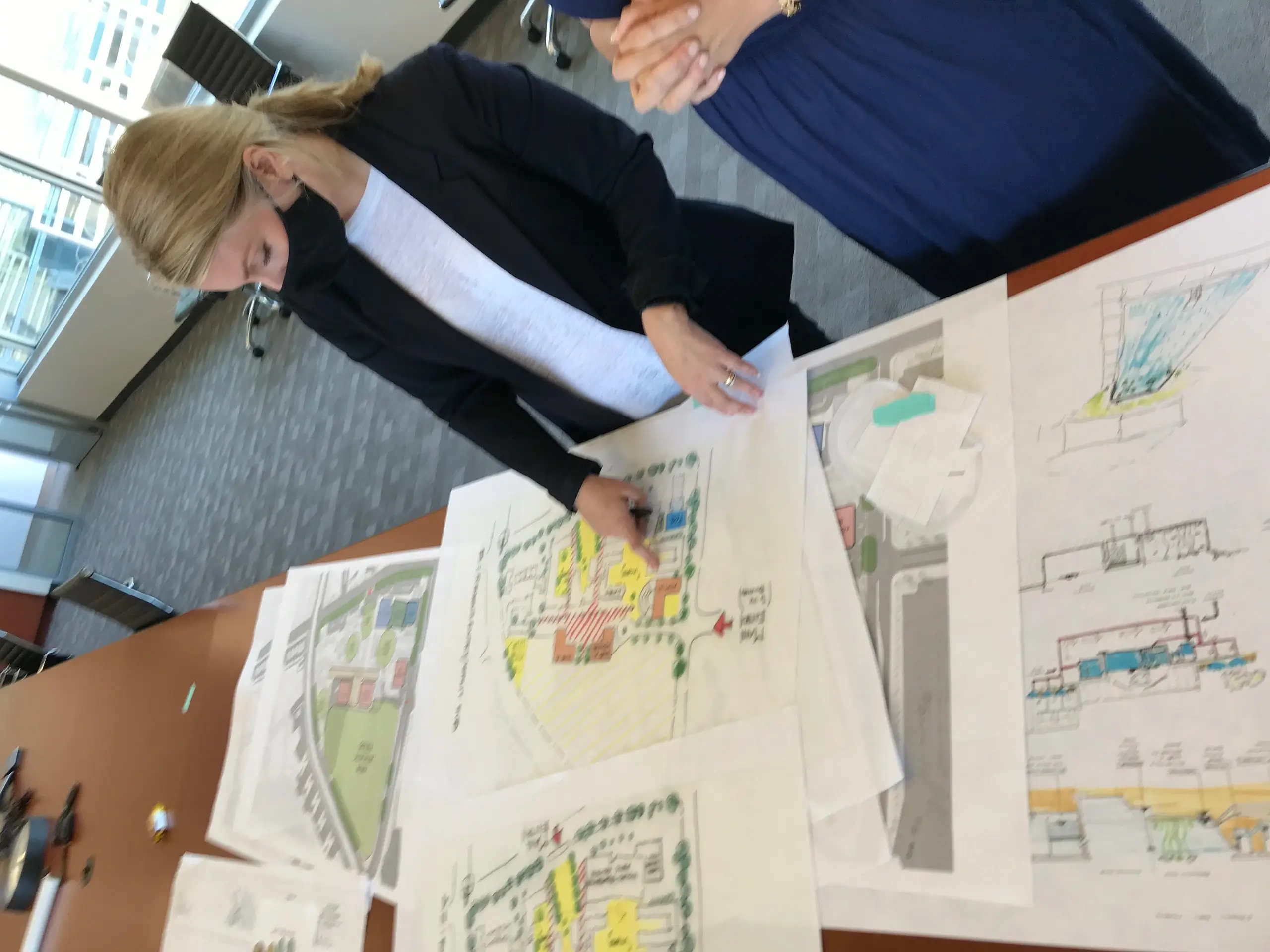Do I Need a Master Plan?

Whether you’re preparing for growth, tackling deferred maintenance, or simply aiming to make smarter long-term facilities decisions, a master plan provides the foundation for aligning space with mission and dollars with priorities. This first post in our three-part series explores why a master plan matters and who benefits most from having one.
So, do you need a master plan? Short answer, yes, if you want facilities decisions that are smart today and still make sense five, ten, and twenty years from now. A master plan connects projects to mission, aligns dollars with priorities, and turns a long wish list into a clear, phased roadmap the entire community can support.
What a Master Plan Actually Does
- Links space to mission, so academic goals, student life, and athletics are pulling in the same direction.
- Builds a shared roadmap, with phasing, order-of-magnitude costs, and decision points the Board and Capital Projects teams can utilize.
- Prepares you for opportunity, so when funding or a partnership appears, you know what should move first.
- Elevates everyday choices, from finishes and fixtures to energy systems, so incremental work advances long-term goals.

Who Benefits Most?
Schools with an older plan - Even great plans age. Pedagogy evolves, enrollment and program mix shift, codes change, and new technologies arrive. If your plan is more than a decade old, consider a refresh.
Why it helps:
- Stay current, course-correct for subtle shifts, and recalibrate to your latest strategic priorities.
- Protect past investments, keep the original vision working by re-sequencing and refining rather than starting over.
- Save money, targeted updates are often far less costly than a full restart.


Schools facing change, or without a plan - A new parcel, a building sale, a surge in enrollment, or accumulated deferred maintenance can force quick decisions.
Why it helps:
- Understand what you have, a space analysis clarifies capacity, utilization, and opportunities to reimagine.
- Make strategic moves, invest in the right project, at the right scale, in the right location, with a clear rationale.
Schools with funding in hand - Money ready and a goal in mind, it is tempting to jump straight to design. Planning first is still the smart move.
Why it helps:
- Cost-effective, planning fees are a fraction of construction costs and prevent expensive missteps.
- Strategic, confirm that Project One serves the right users and sets up Phase Two and Three.
- Efficient, define scope, schedule, and budget early, then share reliable information with your community.
- Tailored to Phase One, fold early programming and site analysis into the plan, so location and cost assumptions are solid before they go public.
- Easier consensus, show how each project fits a bigger picture, not a one-off decision.
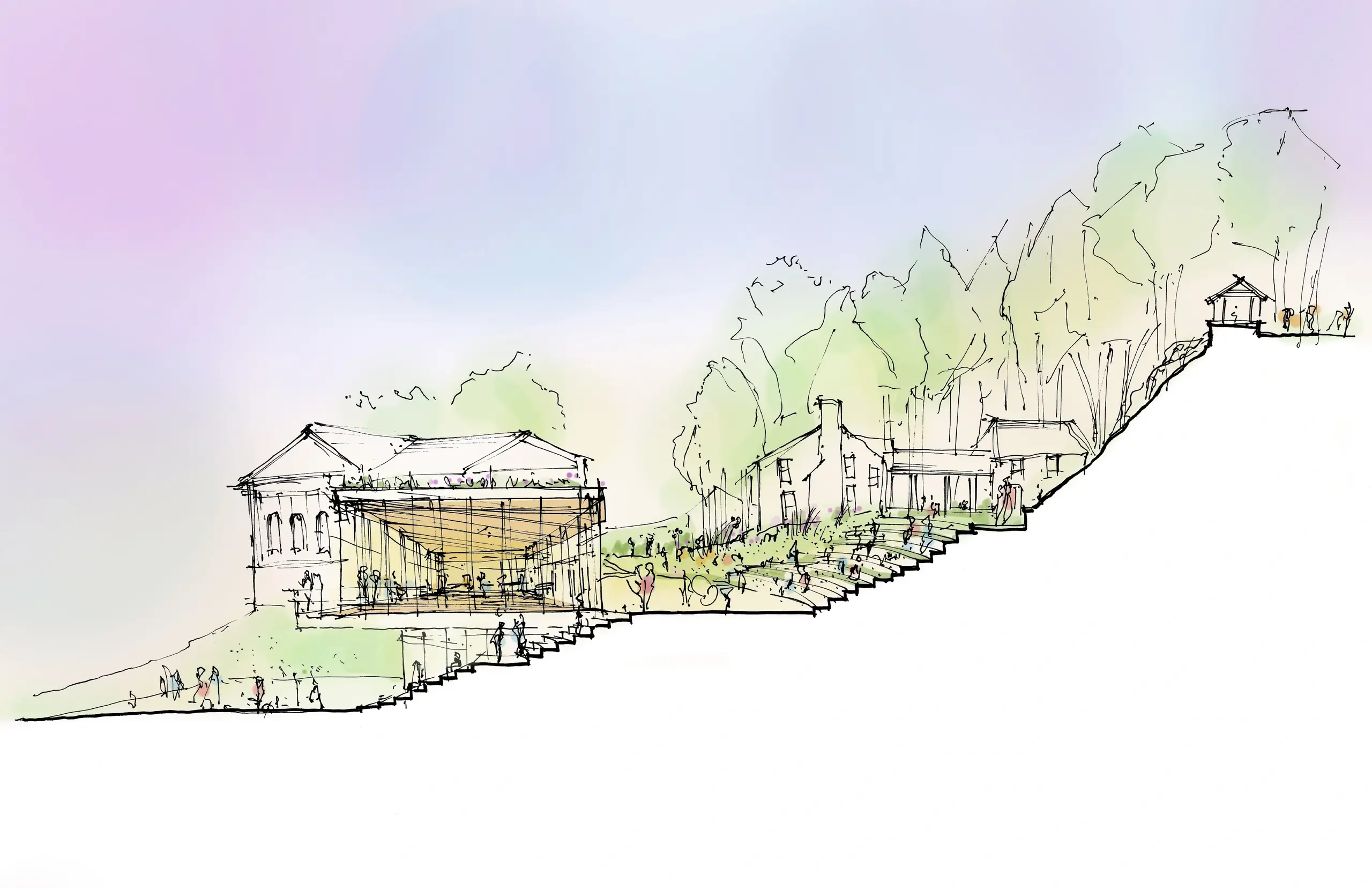
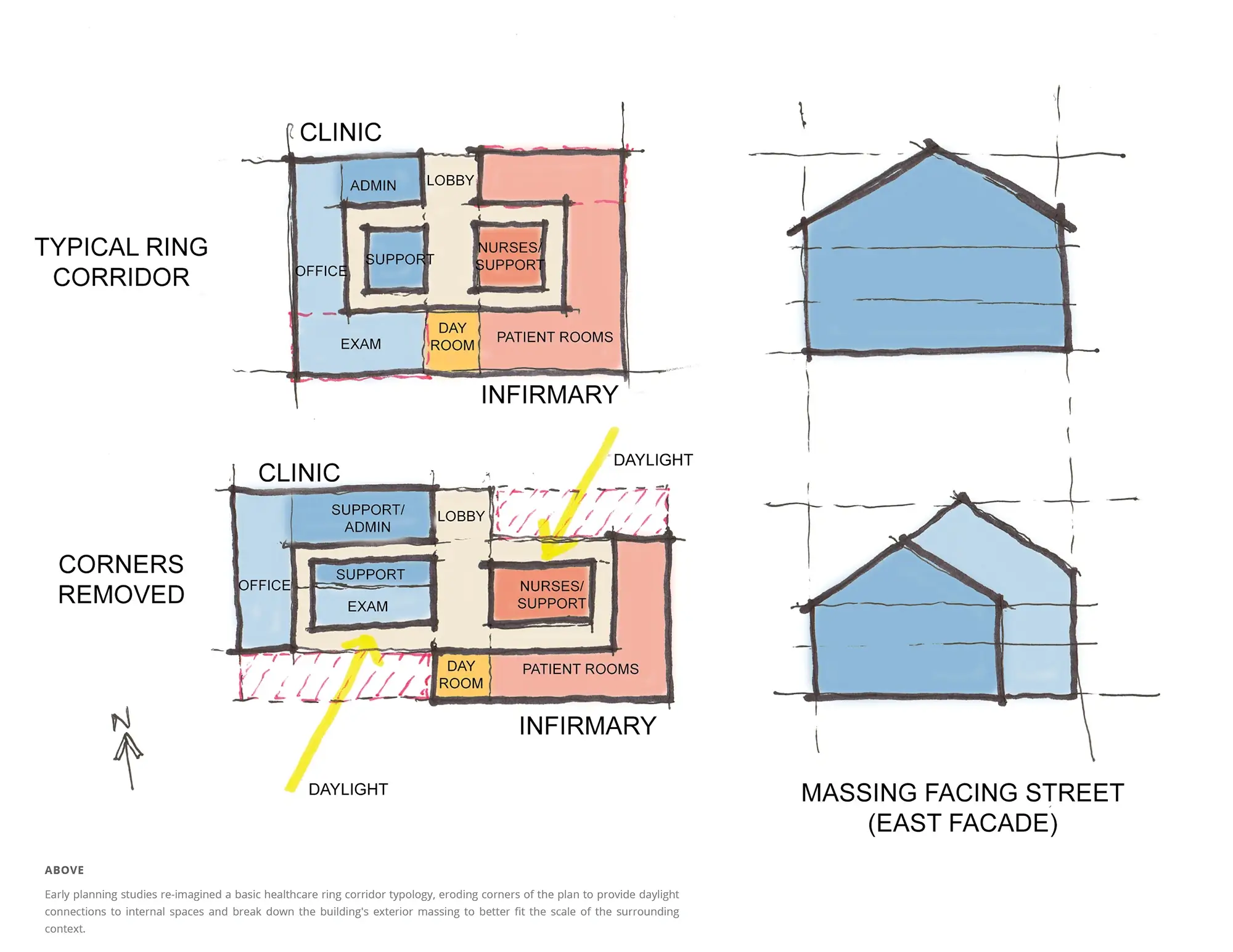
Your Advancement team - Development thrives on clarity and momentum.
Why it helps:
- Ready for interest, respond quickly when a donor leans in.
- Guide giving, point generosity to the projects that unlock the most value for students.
- Inspire the story, a plan gives Advancement compelling visuals and language that build shared excitement.
New leadership or a new strategic plan - Transitions are a chance to listen, align, and set direction.
Why it helps:
- Connect vision to space, test what works, what does not, and what needs to change.
- Build trust, use workshops and listening sessions to involve faculty, staff, students, and neighbors.
- Create a galvanizing moment, clarify aspirations and outline a path that unites the community.
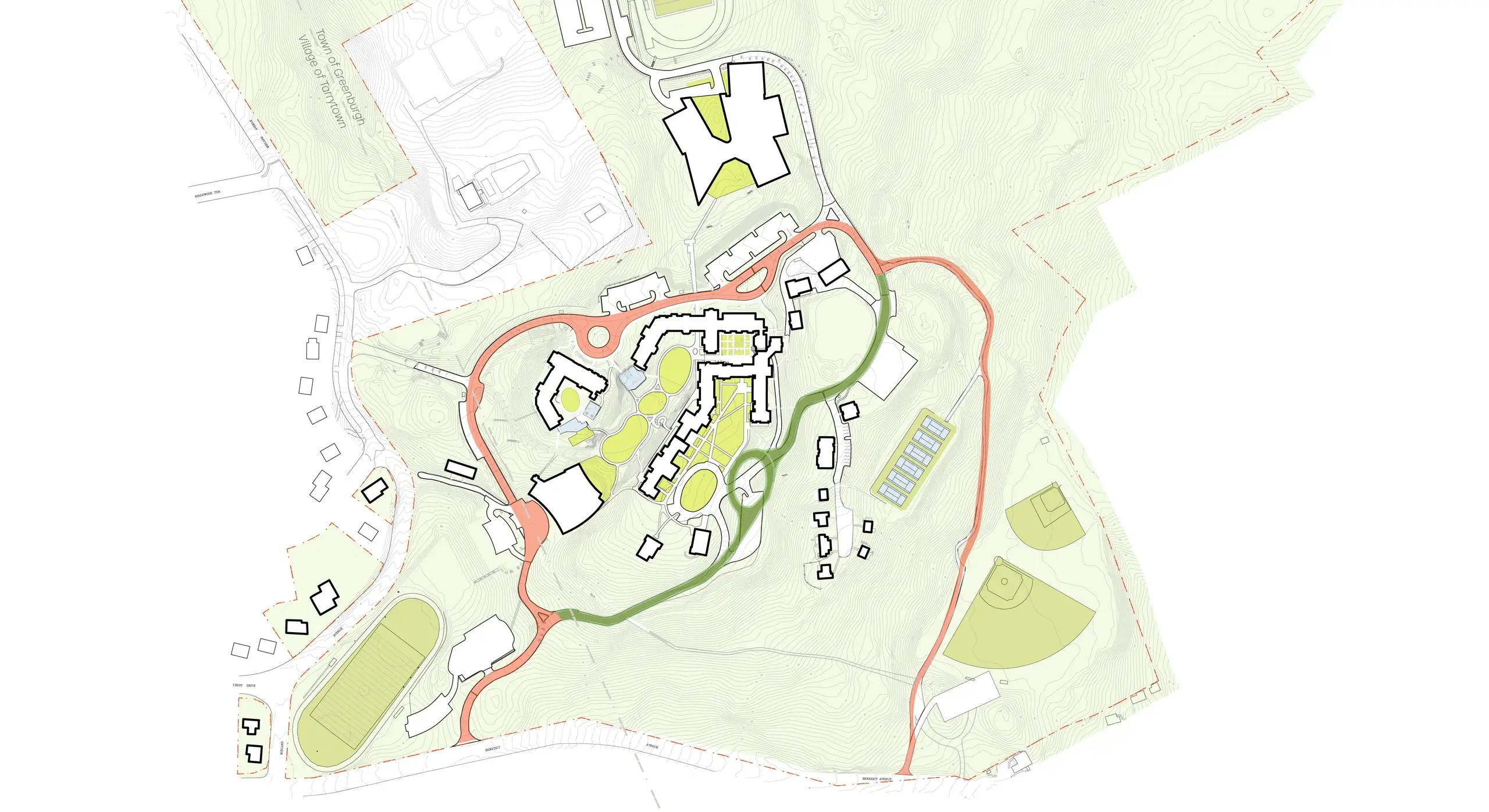
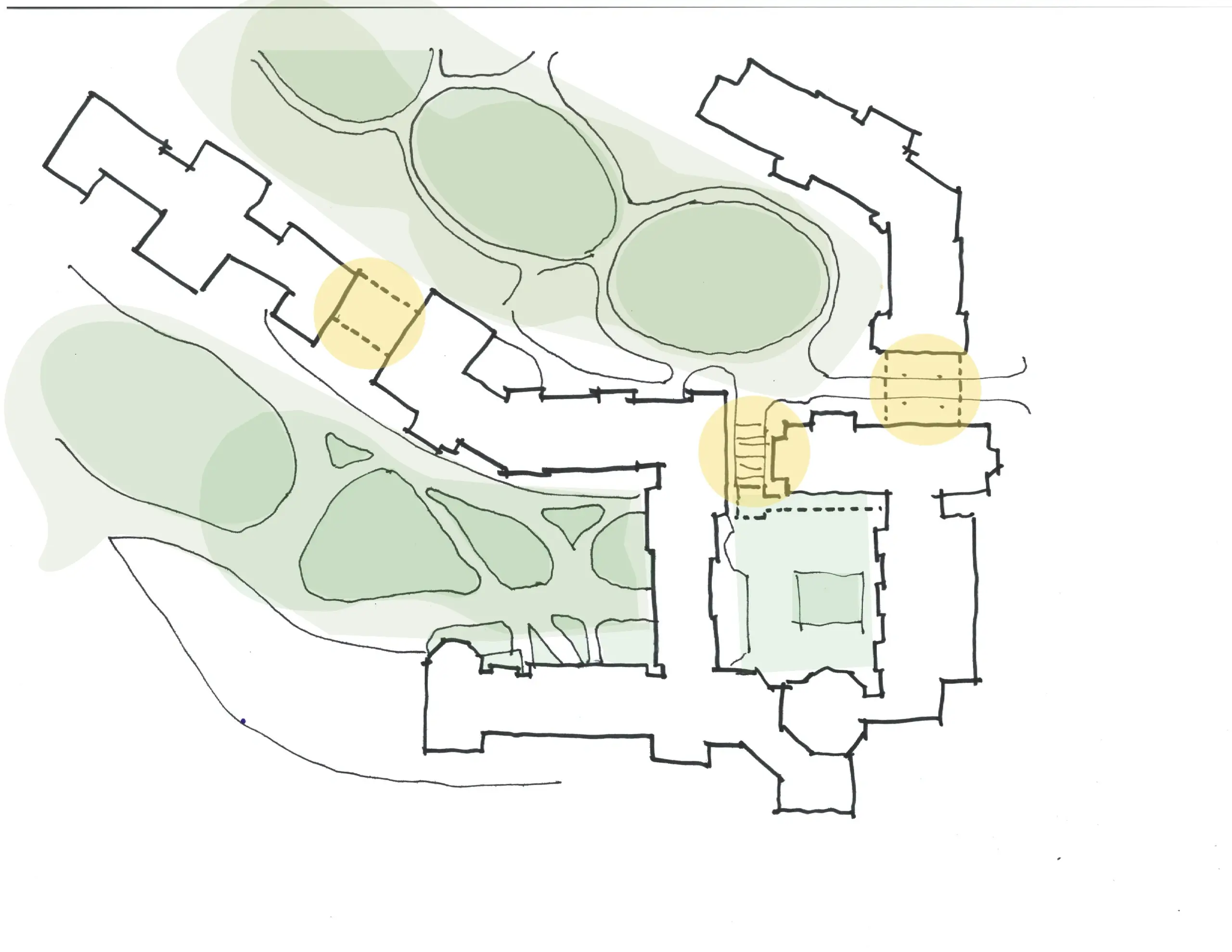
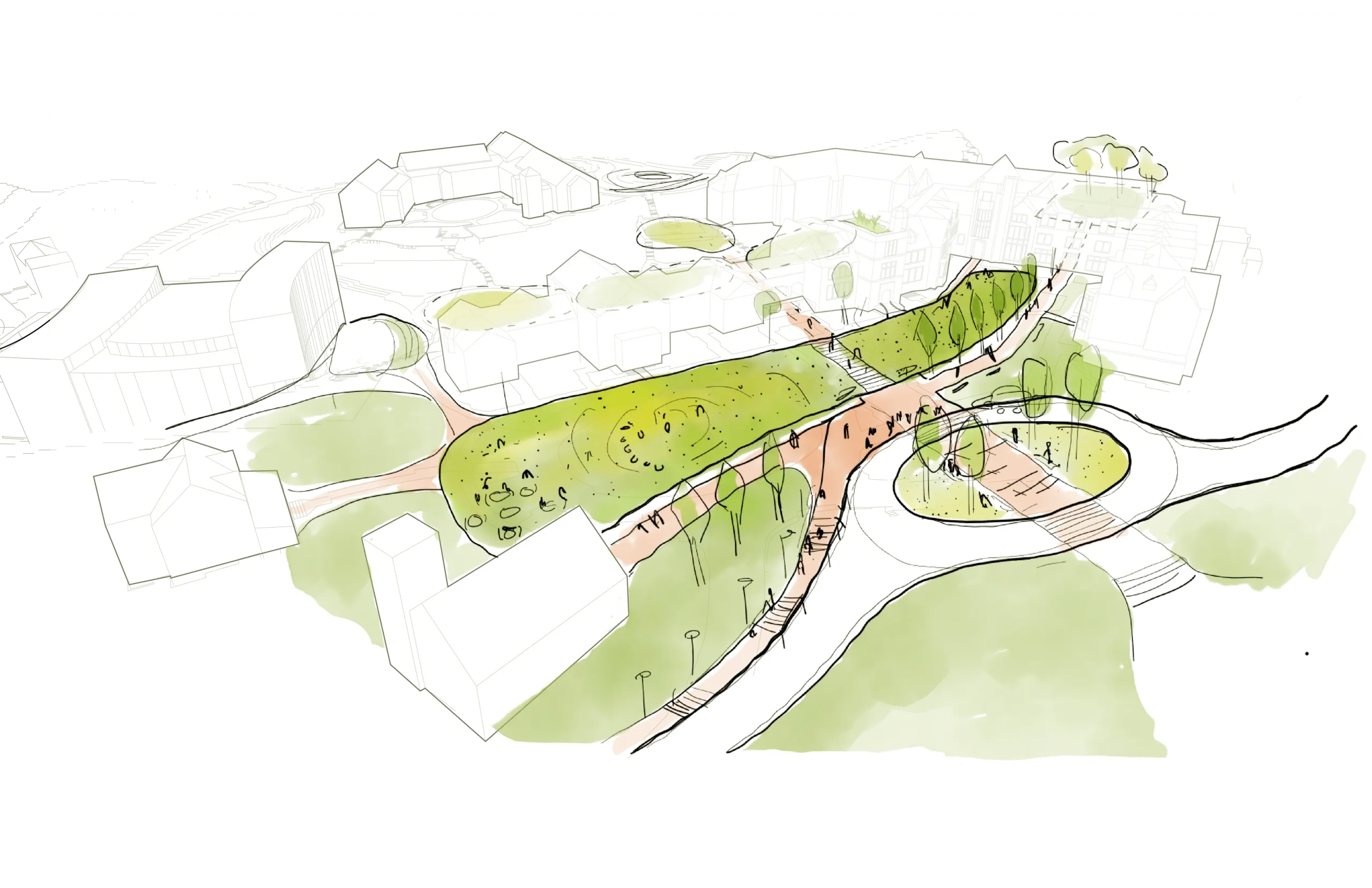
Schools with a sustainability vision - Campus planning is the best place to set standards and choose high-impact moves.
Why it helps:
- Set campus standards, simple guidelines for finishes, fixtures, lighting, and controls add up over time.
- Work in gradients, small steps still matter:
- Renovations that choose low-VOC, durable finishes
- Plumbing repairs that swap in low-flow fixtures
- Hardscape repairs that use permeable materials - Position for big wins, identify sites for geothermal fields, optimize roof orientation for solar, and map habitat and wetland strategies.
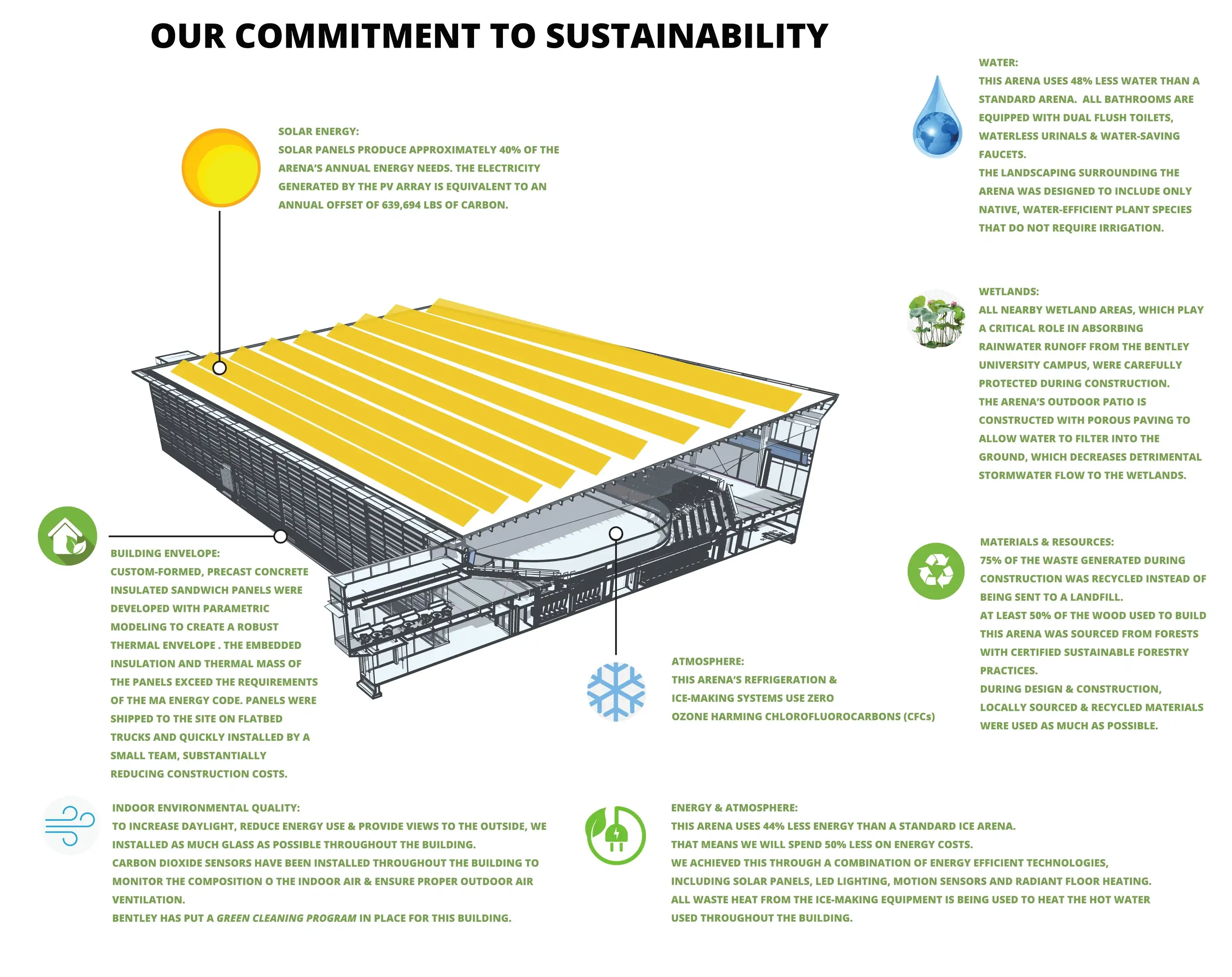
Signs You Are Due for a Planning Refresh
- Your plan is older than ten years
- You are weighing multiple capital needs, but lack a clear sequence
- For Independent Schools: Enrollment, boarding/day balance, or signature programs are shifting; For Higher Ed: Enrollment, increased residential life or auxiliaries demand, shifting revenue bases
- A donor is interested, but you lack a board-ready concept and budget
- Deferred maintenance is driving decisions rather than mission
- Sustainability goals are set, but projects are not aligned to meet them
What Comes Next
Recognizing the need for a master plan is only the first step. The next questions are usually: Where do we start? and What should we expect from the process?
At ARC, we know no two schools begin in the same place. Some start with a light-touch study to confirm assumptions and identify quick wins. Others take on a full planning effort to align leadership, faculty, students, and advancement around a shared long-term vision.
In the next parts of this series, we’ll explore:
- Pt 2: Where to Start — how to right-size a planning effort for your needs, timeline, and resources.
- Pt 3: What to Expect — the essential elements of a strong planning process, and how it creates clarity, consensus, and momentum for your school.
